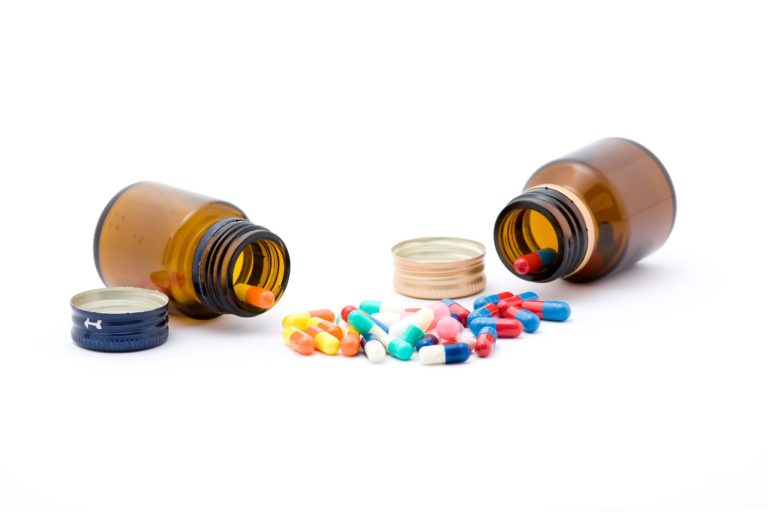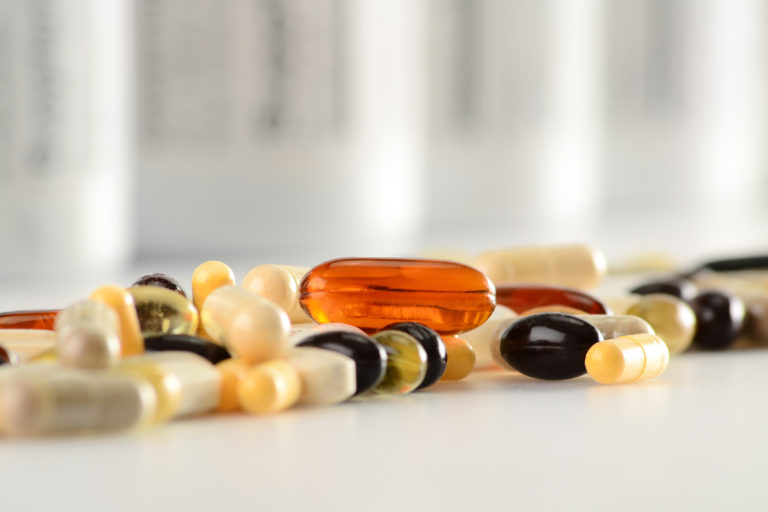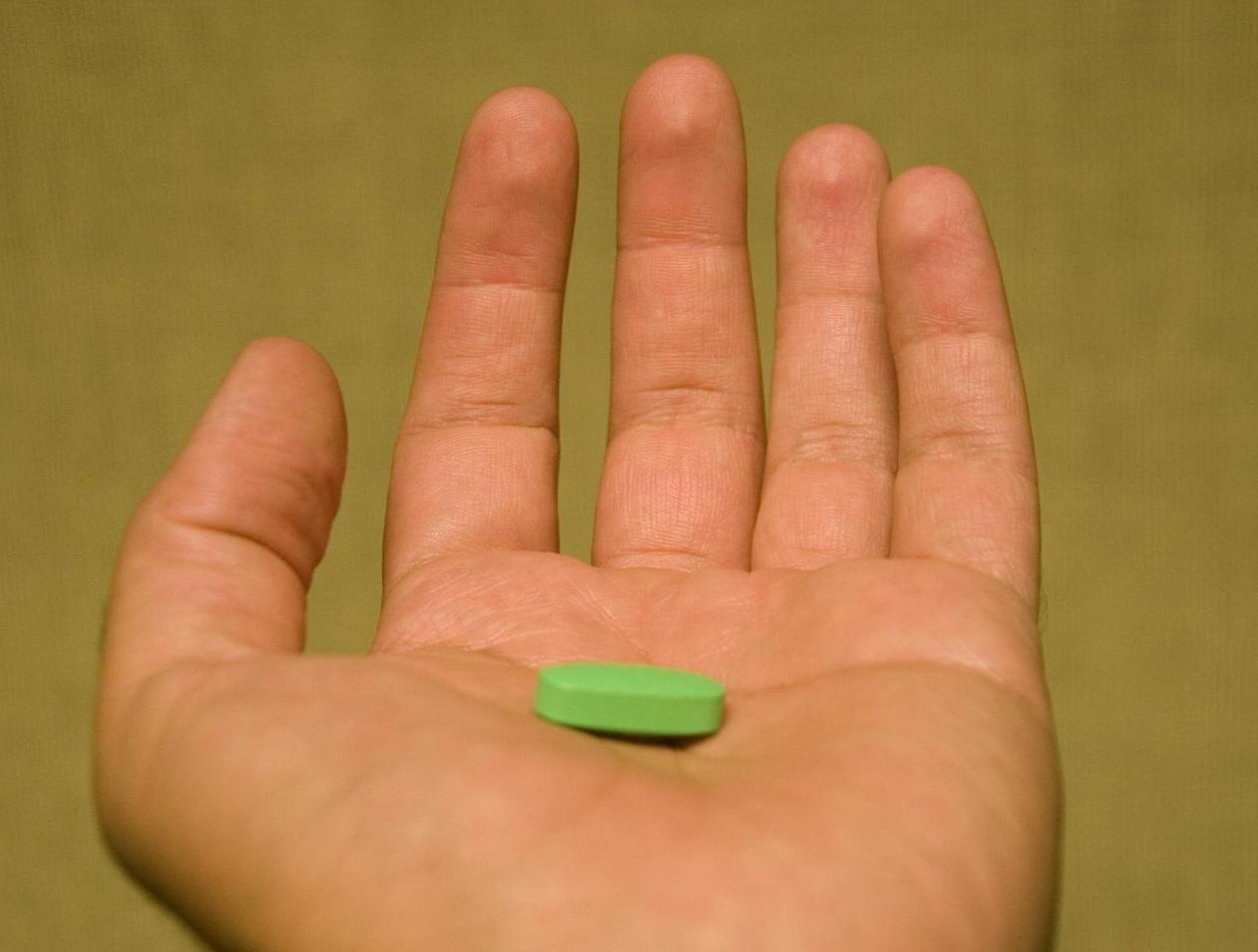What are injections for?
The complex therapy of various diseases includes diuretic tablets. There is a large selection of diuretic drugs. The main purpose of such funds is to remove excess fluid, toxic compounds, and salt deposits from the cells of the body. Modern diuretics maintain the balance of salts and water in the body. If there is an accumulation of sodium molecules in the body, deposits of subcutaneous tissue are formed.
This process negatively affects the functioning of neurons, the cardiac and blood-forming systems. The result is the development of pathologies. Such drugs are used to maintain the health of athletes in order to lose weight and as complex diuretic drugs for various diseases. Diuretics are divided into two main types. One of them is responsible for the formation of urine in the kidneys, and the other regulates the hormonal composition that affects urine formation.
Therapy of kidney diseases is not complete without taking diuretics.
Classification
There is no one common system for separating all diuretic drugs. The variety of all means differs in chemical components, as well as in the effect on the body. Several different diuretic separation systems can be distinguished. More often they use a classification according to the system of action and the properties that a fast-acting diuretic drug has.
According to the mechanism and properties
 Diuretics have an effect on blood pressure, on the balance of hormones or other substances, in addition to removing excess fluid from the body.
Diuretics have an effect on blood pressure, on the balance of hormones or other substances, in addition to removing excess fluid from the body. - Thiazide medications - used to treat high blood pressure, have their own mechanism of action. Therapy is used in conjunction with other types of diuretic drugs. However, this group has some risks - their intake negatively affects metabolic processes, a low dosage of these drugs is recommended. An example of thiazides are the names of such drugs: "Arifon", "Ezidrex", "Hypothiazide", "Chlorthalidone", "Indapamide", "Hydrochlorothiazide".
- Loop preparations - their main function is to eliminate excess water and salts from the body, normalize the functionality of the kidneys. Of all types of medicines, these are the fastest acting. Loop diuretic is a fast-acting, diuretic without affecting blood cholesterol, does not contribute to the development of diabetes. The only negative is that such a diuretic has many side effects. The most popular loop diuretics are called Ethacrynic acid, Furosemide, Torasemide, Bumetanide.
- Potassium-sparing drugs - the elements of this group are many different medicines. They stimulate the excretion of sodium compounds and retain potassium molecules in the body. An effective diuretic is Losartan, Spironolactone, Triamteren, Asparkam, Piracetam.
- Aldosterone blocking drugs - these drugs neutralize the actions of hormones - aldosterones, which are responsible for retaining fluid and salts. During this, potassium levels are maintained in the body. An example of an antagonist is "Veroshpiron", "Suprastin".
By strength and duration of action
 Diuretics are distinguished by the speed of action and duration, which is appropriate depending on the goals of therapy.
Diuretics are distinguished by the speed of action and duration, which is appropriate depending on the goals of therapy. Strong action level
They are called "ceiling", potent diuretics, they have a powerful effect. This type of medication is used to urgently eliminate swelling and to normalize blood pressure. These drugs are suitable for single use to reduce the crisis of hypertension. The most common powerful drugs are: Furosemide, Torsemide, Peritanide.
Intermediate Action
This variety is used for course treatment in conjunction with antibacterial drugs. They are prescribed for systemic therapy for hypertension, glaucoma, edema (caused by kidney and heart failure), diabetes insipidus, etc. These drugs include: "Indapamide", "Dichlorothiazide", "Chlorthalidone", "Furacilin", "Hypothiazide" .
Light action level
These drugs are potassium-sparing. This is a diuretic that removes fluid, however, it will give a small result, however, for the body they are more gentle. This type of diuretic is often used together with other types of diuretics, which reduces the output of potassium. Light diuretics include: Triamteren, Spironolactone, Amiloride.
Inhibitors and drugs of an osmotic nature
These drugs are a type of weak diuretic. They are prescribed to treat intracranial and ocular pressure. For example: Diakarb, Dichlorphenamide. Osmotic drugs are a strong diuretic. They are used in therapy for exacerbations of various pathologies - pulmonary and cerebral edema, the formation of sepsis, shock conditions, glaucoma, uremia, peritonitis, etc. They provide emergency assistance in case of toxic poisoning and drug overdose. These include: "Glycerin", potassium acetate, "Mannitol", "Mexidol".
Dosage forms
After assessing the patient's condition, specialists prescribe drugs in various pharmaceutical forms. The choice of means occurs individually, taking into account all the characteristics of the organism. There are such forms of release:
- droppers;
- tablets;
- capsules;
- drops;
- injections.
All urinary products remove excess fluid from the tissues and cells of the body by stimulating the emptying of the bladder. Diuretic is used both separately and in conjunction with other drugs. Thanks to diuretics, they reduce the manifestations of hypertension, reduce swelling, neutralize toxic substances, and stimulate urine filtration.
The use of diuretic tablets
 Diuretic drugs, it is best to drink as directed by a doctor, without neglecting the dosage and regimen.
Diuretic drugs, it is best to drink as directed by a doctor, without neglecting the dosage and regimen. A diuretic in the form of tablets is sold with and without a prescription. At the same time, you should not self-medicate, because it is necessary to choose the right potent agent correctly and take into account all possible side effects. A specialist will better cope with this task, he will select the best diuretic. However, tablets have a number of advantages in comparison with other pharmaceutical forms:
- the effect of diuretic tablets is longer;
- each tablet has a certain weight - no need to count the dose;
- the shelf life of the drug is long;
- the taste of the drug is more pleasant - the bitterness is masked;
- you can drink tablets in combination with each other;
- there are herbal pills.
It is worth considering the negative aspects of such a dosage form:
- some drugs are not suitable for children, they are too large;
- how fast-acting a diuretic is depends on how long it takes to be absorbed by the body;
- it is impossible to regulate the amount of active substance.
What are injections for?
Injections are more suitable for exacerbations of diseases and when there is a difficult condition of the patient. The drugs are perfect for use in cases where the patient cannot drink a laxative medicine on his own - with fainting and coma. They are used in cases of impaired intestinal absorption. This deviation is often caused by long-term use of other drugs. Mannitol, Furosemide, Lasix and ectacrynic acid are used as injections. The inconvenience in the use of diuretic injections causes the inability to administer them on their own and pain.
Diuretic drugs for edema
To reduce swelling, potent diuretic tablets are used. The most popular of them for edema are Furosemide, Torasemide, Bumetanide, Piretanide, Xipamide. Such a diuretic is used in small complexes. During therapy, you will need to take breaks to avoid the addictive effect and make the treatment as effective as possible. For problems with edema from diuretics of medium influence, "Hypothiazide", "Hydrochlorothiazide", "Indapamide", "Clopamide", "Polythiazide", "Chlorthalidone", "Metozalon" are common. This group of drugs is usually used on a long-term basis and constantly. The dosage is determined by the doctor, on average, 25 mg per day is prescribed. If the swelling is not strong, you can take a safer diuretic: Spironolactone, Triamteren, Amiloride. They are prescribed to complete the course for no more than a month with breaks of 1-2 weeks.
How to apply during pregnancy?
During the period of bearing a baby, almost every woman suffers from the presence of edema. This problem is especially relevant after the first three months of pregnancy. Medicine tries to eliminate such a deviation by adjusting the diet (reducing the amount of salty foods). When natural medicines do not have a quick effect, diuretics are prescribed. For pregnant women, there are special medicines of synthetic and herbal origin (homeopathy).
With swelling during pregnancy, a simple diuretic can be dangerous, so you need to take diuretic medications correctly. It is important that for expectant mothers the choice of diuretic drugs is very small. Many of the diuretics are generally contraindicated, even on herbs, especially in the first trimester. Closer to the birth date, a diuretic is prescribed only under special conditions, under the supervision of a doctor. And even in such an environment, the risks of a negative impact on the baby and the woman in labor are very high. The following side effects occur: hearing loss, abnormalities in renal function, changes in blood composition, etc. Herbal diuretics, dietary supplements and homeopathic diuretics (Allochol, Ursosan, Evalar) are no less dangerous. Along with water, many useful elements are washed out of the body, such as magnesium, potassium, calcium, taurine. In the most difficult cases, pregnant women are prescribed Canephron, Fitolizin, Eufillin.
List of diuretics for hypertension
The list of diuretic drugs that are needed to reduce pressure is divided into 2 types: fast-acting diuretics and for regular use. The former are suitable for neutralizing a hypertensive crisis (Torasemide, Furosemide, Etacrynic acid, Lisinopril, Xipamide, Piretanide, Enalapril), while the latter play a supporting role (Valz, Hypothiazid) , "Indapamide", "Clopamide", "Hydrochlorothiazide", "Chlorthalidone", "Polythiazide", "Metozalon"), maintain a suitable pressure balance.




